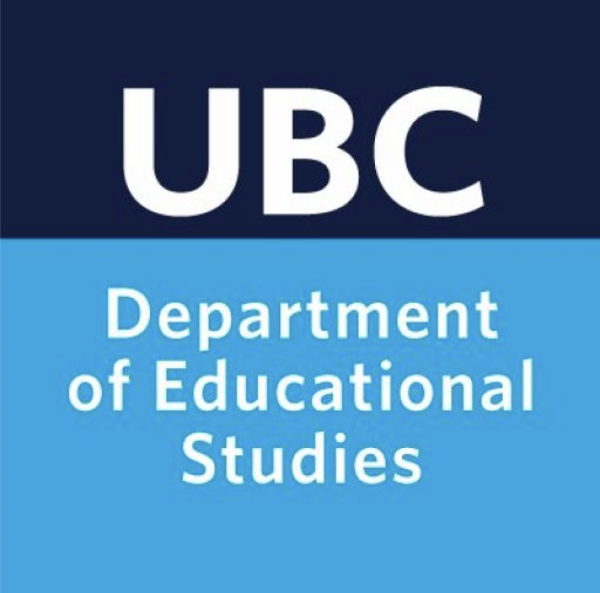Part 4 of the 10-part EDST Dissertation Training Series
By Ella Wright | Blog Editor, EDST | Insights from Dr. Autumn Knowlton
Beyond the List: What is a Literature Review For?
Many doctoral students begin their literature review by gathering as many sources as possible. The result often feels like a catalogue of everything they have read—but not a clear path to the research question.
Dr. Autumn Knowlton challenged this approach in her workshop. She reminded us that a strong literature review is not about listing—it is about conversation. Your job is to show how key scholars and ideas relate to each other, and to your project. She said:
“You are not just summarizing—you are creating a conversation that supports your research question.”
What Are You in Conversation With?
A good place to begin is by identifying three key areas of literature that are foundational to your study. These areas should:
- Reflect the fields or disciplines you are drawing from
- Include the key thinkers you are engaging with
- Help establish why your research matters
Your goal is to put these areas into conversation, showing:
- Common themes
- Points of tension
- Gaps or silences your work addresses
Funnel Structure: Again
Just like your introduction, your literature review benefits from the funnel approach:
- Start with broad themes or concepts.
- Narrow down to more specific debates or frameworks.
- Lead to your research question and how your study fits into the scholarly landscape.
This structure helps the reader follow your thinking and see how your project emerges from the existing literature.
Subheadings Are Your Friend
Use headings and subheadings to guide your reader through the review. This makes your structure visible and helps you organize your writing. APA7 can be especially useful here.
Tip: Ask yourself, “What is the purpose of this section?” and let that shape your headings.
Subheadings also give you a natural way to shift between content areas, themes, or perspectives.
Citations Belong in Every Chapter
Many students think the literature review is where they must cite everything. While it is true that this chapter will include many citations, you should also bring literature into other chapters—especially in your discussion, where you return to key ideas in light of your findings.
Dr. Knowlton noted that each chapter needs to “do the work” of connecting your study to the broader field. The literature review is just the beginning.
Methodology May Show Up Here Too
Sometimes, especially in qualitative research, your methodology connects directly to the literature. This might include:
- A discussion of theoretical foundations for your methods
- Key debates about ethics, positionality, or knowledge creation
You can introduce some of this in your literature review, then expand on it in the methodology chapter. The goal is flow, not repetition.
Key Takeaways
- Your literature review is a conversation, not a list.
- Focus on three key content areas that support your research question.
- Use the funnel structure to guide your reader from broad to specific.
- Headings and subheadings make your structure visible.
- Literature belongs in every chapter, not just here.
Training Series
- Overview Post – About the Workshops and Series
- Part 1 – Not a Book, Not a Mystery: What Your Dissertation Really Is
- Part 2 – From Jumble Sale to Funnel: Planning Your Dissertation for Clarity and Flow
- Part 3 – Hold the Target, Not the Dart: Crafting and Evolving Your Research Questions
- Part 4 – Conversations, Not Catalogues: Writing a Literature Review with Purpose
- Part 5 – Kitchen Rules: Conceptual and Theoretical Frameworks Explained
- Part 6 – You Are the Method: Positionality, Ethics, and Making Knowledge
- Part 7 – Sock Time: Presenting Your Findings with Clarity and Confidence
- Part 8 – Weaving the Threads: Discussion and Meaning-Making
- Part 9 – What I Did, Why It Matters: Writing Your Scholarly Conclusion
- Part 10 – Don’t Go in Circles: Writing, Editing, and Staying Sane
Resources
Dissertation Preparation and Policies
- UBC Grad Studies – Getting Started:
https://www.grad.ubc.ca/current-students/dissertation-thesis-preparation - Style Guides and Computer Tools:
https://www.grad.ubc.ca/current-students/dissertation-thesis-preparation/style-guides-computer-tools
Writing Support and Self-Guided Modules
- EDST Thesis Writing Module:
https://thesismodules.edst.educ.ubc.ca/ - Developing a Dissertation (EDST Module):
https://thesismodules.edst.educ.ubc.ca/module-library/developing-a-dissertation/ - UBC Library Dissertation Guide:
https://guides.library.ubc.ca/dissertation
Free One-on-One Writing Support
- UBC Writing Consultations for Graduate Students (writing and referencing help):
https://writing.library.ubc.ca/graduates/writing-consultations/
Workshop Recording and Presenter
- Click to view Dr. Autumn Knowlton’s workshop presentation slides.
- Dr. Autumn Knowlton – (Re)Visions Website: https://www.autumnrevisions.com/
Explore More
UBC EDST students can access free tools and support through the Thesis Writing Module and the Developing a Dissertation module. For writing and referencing help, book a free graduate writing consultation.


Leave a Reply
You must be logged in to post a comment.